How To Be An Awesome Boss By Justin Kerr
$24,00 $5,00
How to Be an Awesome Boss by Justin Kerr: A Comprehensive Review – Digital Download!
Let’s embark on a captivating adventure to uncover remarkable insights that spark your curiosity and elevate your understanding

How To Be An Awesome Boss By Justin Kerr
Overview

How to Be an Awesome Boss by Justin Kerr: A Comprehensive Review
In the competitive landscape of modern leadership, being an effective boss involves more than just holding a title; it requires a profound understanding of human dynamics intertwined with strategic processes. Justin Kerr’s book, How to Be an Awesome Boss, offers a practical, insightful guide for individuals aiming to enhance their leadership skills across various professional settings. This manual demystifies leadership through a myriad of actionable insights that cater to not only structuring productive meetings but also nurturing a culture that prioritizes employee engagement and satisfaction. By embracing Kerr’s philosophy, bosses can eventually transition from mere task managers to inspirational leaders who foster a healthy and thriving workplace.
The Essence of Effective Leadership
Leadership is often compared to the orchestration of a symphony, where each instrument signifies a different employee with unique contributions to the whole. Kerr encapsulates this metaphor beautifully, emphasizing that an effective leader knows how to harmonize these individual talents to create a resonant working environment. This nuanced approach opens the door to understanding that the responsibilities of a boss extend far beyond simply delegating tasks; it is about cultivating relationships, understanding motivations, and fostering a collaborative spirit that drives the collective towards success.
Humanizing the Workplace
One of the standout messages in Kerr’s guide is the importance of seeing employees as human beings rather than just cogs in a corporate machine. In his experience, recognizing the individual within the workforce can enhance morale and productivity. For instance, expressing gratitude may seem trivial but can significantly uplift the team spirit. His actionable insights encourage leaders to implement simple gestures of thanks that can profoundly impact team dynamics.
- Actionable Techniques for Gratitude:
- Personalized Appreciation: Recognize team members for their specific contributions.
- Public Acknowledgment: Celebrate accomplishments during team meetings, fostering a sense of community.
- Frequent Check-Ins: Establish a routine of informal conversations to express appreciation.
These practical techniques are not merely suggestions; they are insights grounded in behavioral research, affirming that appreciation cultivates a positive workplace culture and reduces turnover rates.
Mastering the Art of Communication
Perhaps one of the most crucial aspects that Kerr addresses is the art of communication. In any professional setting, effective communication serves as the foundation for trust and productivity. Kerr illustrates this through the lens of feedback delivery a necessary yet often uncomfortable task for many leaders.
Constructive Feedback as a Growth Tool
Kerr explains that feedback is not merely a tool for correction but a powerful mechanism for growth when delivered constructively. Instead of hiding behind euphemisms or vague remarks, he encourages leaders to embrace directness while maintaining empathy.
- Key Elements of Constructive Feedback:
- Be Specific: Clearly articulate what behaviors need to change and why.
- Focus on Solutions: Frame the feedback around potential improvements rather than shortcomings.
- Encourage Dialogue: Allow for a two-way conversation where employees can share their thoughts and feelings.
By harnessing these techniques, leaders can transform potentially uncomfortable feedback sessions into constructive dialogues that empower employees and enhance overall workplace morale.
Navigating Difficult Situations
Leadership does not come without its challenges, and one of the topics Kerr addresses is how to effectively navigate difficult conversations, such as terminating employees. This subject is often approached with trepidation, yet Kerr highlights the importance of addressing these situations with empathy and professionalism.
The Process of Termination
Kerr’s method illustrates that, while distance may be necessary in these occasions, treating the individual with respect throughout the process can significantly mitigate the negative impact of termination.
- Steps for Compassionate Termination:
- Prepare Thoroughly: Understand the reasons for termination and gather necessary documentation.
- Conduct the Meeting Privately: Ensure that the conversation occurs in a respectful, private setting.
- Be Honest but Kind: Clearly explain the reasons behind the decision while allowing space for the employee to process the information.
Effective handling of such situations can set a tone of integrity for the organization, reflecting a commitment to treating all employees with dignity.
Cultivating a Positive Work Environment
Beyond dealing with adversity, creating an engaging atmosphere is also pivotal in Kerr’s philosophy. A positive work environment encourages creativity, loyalty, and psychological safety among team members. Kerr emphasizes that structuring an engaging workplace is deliberate leaders must champion initiatives that foster collaboration and inclusivity.
Strategies to Enhance Engagement
Kerr shares various strategies that leaders can implement to create an inviting atmosphere conducive to employee satisfaction and productivity.
- Engagement Strategies:
- Team-Building Activities: Organize regular team-building exercises that strengthen bonds and break down silos.
- Feedback Loops: Establish systems for regular employee feedback to adjust policies according to team needs.
- Flexible Working Conditions: Provide options for remote working or flexible hours to promote work-life balance.
These strategies are grounded in research indicating that engaged employees are more productive and likely to remain within the company long-term.
Onboarding: Setting the Stage for Success
A crucial component of Kerr’s guide is the discussion around onboarding processes. Effective onboarding not only facilitates the integration of new hires into organizational culture but also establishes the groundwork for their long-term success.
Essentials of Effective Onboarding
Kerr argues that a structured onboarding approach significantly enhances new employees’ initial experiences, leading to higher retention rates and better overall job performance.
- Key Components of Onboarding:
- Structured Orientation Programs: Provide comprehensive programs that familiarize new employees with company values and expectations.
- Mentorship Opportunities: Pair new hires with seasoned employees who can provide guidance and support.
- Regular Checkpoints: Schedule follow-up sessions to discuss progression and areas where help is needed.
Implementing these practices can lead to smoother transitions and more engaged employees right from the start.
Motivation: Fueling Your Team’s Drive
In the digital age, keeping a workforce motivated presents a unique set of challenges and opportunities. Throughout the book, Kerr underscores the importance of understanding the various motivational drivers that energize employees.
The Science of Motivation
Kerr ties in psychological theories, such as Maslow’s Hierarchy of Needs, to explain that a leader’s role is to ensure that employees feel secure, valued, and inspired.
- Motivational Techniques:
- Set Clear Goals: Collaboratively set achievable and clear goals that align personal ambitions with organizational objectives.
- Incentives and Rewards: Create incentive programs that recognize both individual and team accomplishments, reinforcing desired behaviors.
- Encourage Personal Development: Support employees in pursuing career growth opportunities, such as training and skill workshops.
These motivational strategies not only cultivate a sense of purpose but also drive organizational success.
Balancing Professionalism and Humanity
The final aspect of Kerr’s manual revolves around the delicate balance of maintaining professionalism while embracing humanity within the workplace. Many leaders grapple with the challenge of being firm yet approachable, a dynamic Kerr navigates with aplomb.
Building Trust through Authenticity
Kerr posits that a leader must maintain authenticity to build trust and rapport within their team. This authenticity involves acknowledging one’s vulnerabilities while remaining committed to the organization’s goals.
- Building Trust Techniques:
- Transparency in Communication: Share relevant information openly to foster trust.
- Admit Mistakes: Acknowledge when errors have been made, using them as growth opportunities for the entire team.
- Encourage Sharing: Create an environment where team members feel comfortable sharing their opinions and experiences.
Ultimately, this blend of professional competence and human character serves to inspire loyalty and foster a thriving workplace atmosphere.
Conclusion
In How to Be an Awesome Boss, Justin Kerr effectively weaves together a tapestry of leadership principles that resonate deeply with those in managerial roles. By emphasizing the holistic approach to leadership one that prioritizes people alongside processes Kerr’s insights illuminate the path towards creating dynamic and engaged teams. Balancing authority with authenticity, crafting meaningful feedback, and fostering open communication are just a few of the pivotal lessons that every leader should incorporate into their practices. As the landscape of leadership evolves, Kerr’s guide remains a beacon of hope for anyone eager to leave a positive impact within their organizations, ensuring that being a boss is not just about authority, but about inspiring others to reach their full potential.
Frequently Asked Questions:
Innovation in Business Models: We use a group purchase approach that enables users to split expenses and get discounted access to well-liked courses. Despite worries regarding distribution strategies from content creators, this strategy helps people with low incomes.
Legal Aspects to Take into Account: Our operations’ legality entails several intricate considerations. There are no explicit resale restrictions mentioned at the time of purchase, even though we do not have the course developers’ express consent to redistribute their content. This uncertainty gives us the chance to offer reasonably priced instructional materials.
Quality Control: We make certain that every course resource we buy is the exact same as what the authors themselves provide. It’s crucial to realize, nevertheless, that we are not authorized suppliers. Therefore, the following are not included in our offerings: – Live coaching sessions or calls with the course author.
– Entry to groups or portals that are only available to authors.
– Participation in closed forums.
– Straightforward email assistance from the writer or their group.
Our goal is to lower the barrier to education by providing these courses on our own, without the official channels’ premium services. We value your comprehension of our distinct methodology.
Be the first to review “How To Be An Awesome Boss By Justin Kerr” Cancel reply
You must be logged in to post a review.
Related products
Personal Development
Personal Development
The Performance Stretch System Level 1 By The Stretch Therapists
Personal Development
Personal Development
Cognomovement An Energy Healing System With Bill McKenna and Liz Larson – The Shift Network




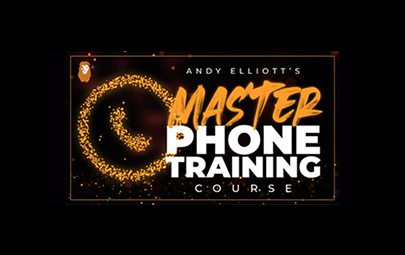
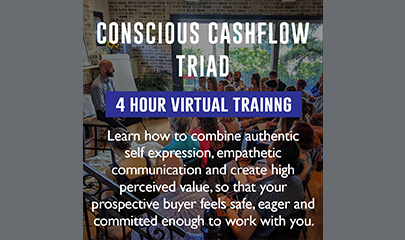


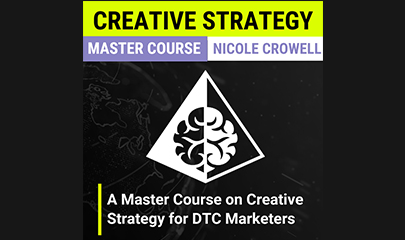
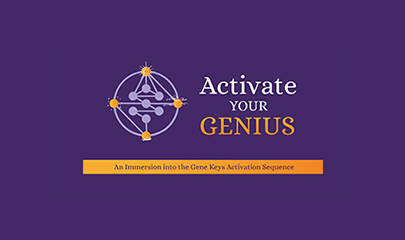
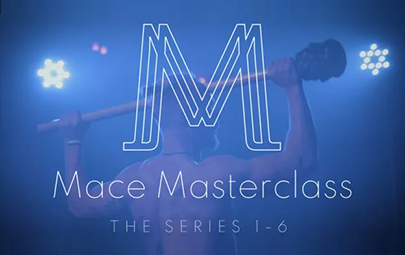


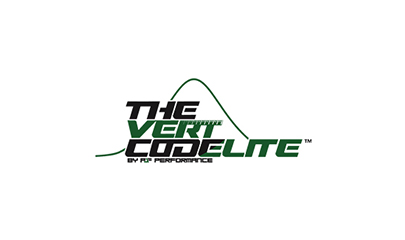
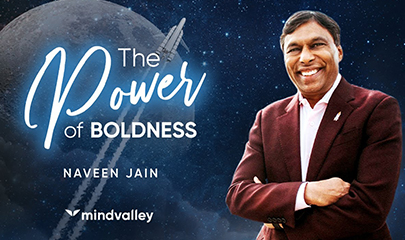

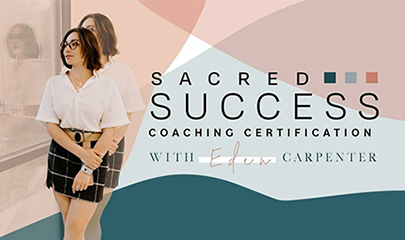
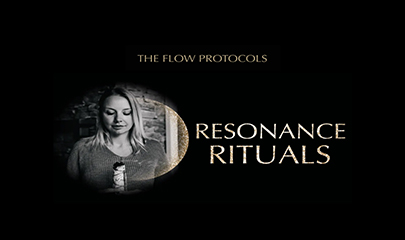

Reviews
There are no reviews yet.